Home>Gardening & Outdoor>Outdoor Recreation & Activities>How To Jump Higher On A Trampoline


Outdoor Recreation & Activities
How To Jump Higher On A Trampoline
Modified: February 18, 2024
Learn how to improve your trampoline jumping skills with our expert tips and techniques for outdoor recreation and activities. Increase your vertical leap today!
(Many of the links in this article redirect to a specific reviewed product. Your purchase of these products through affiliate links helps to generate commission for Storables.com, at no extra cost. Learn more)
Introduction
Welcome to the exhilarating world of trampolining, where gravity-defying leaps and bounds await! Whether you're a seasoned trampolinist or a newcomer eager to soar to new heights, the quest to jump higher on a trampoline is an aspiration shared by many. In this comprehensive guide, we'll delve into the art and science of achieving greater vertical elevation, exploring the techniques, training methods, and safety considerations essential for elevating your trampoline prowess.
Bouncing on a trampoline isn't just a fun pastime; it's a dynamic full-body workout that engages muscles, challenges coordination, and cultivates a sense of weightlessness. From perfecting your form and harnessing the power of plyometrics to enhancing strength, flexibility, and agility, this guide will equip you with the knowledge and strategies needed to elevate your jumping capabilities.
So, buckle up (or should we say, bounce up?) and get ready to embark on an exhilarating journey toward mastering the art of soaring skyward on a trampoline. Whether you're aiming to impress your friends with gravity-defying stunts or seeking to enhance your athletic performance, the insights and techniques shared in this guide will empower you to reach new heights – literally and figuratively – in the realm of trampolining. Let's spring into action and discover the secrets to achieving impressive vertical elevation and defying gravity with every leap!
Key Takeaways:
- Mastering proper form and technique is key to jumping higher on a trampoline. Focus on body posture, leg extension, and soft landings to optimize energy transfer and achieve greater height and airtime.
- Building strength and power through targeted exercises like squats and plyometrics is crucial for elevating trampoline jumping. Strengthening lower body muscles and core stability enhances explosive force production and propels aerial feats to new dimensions.
Read more: How To Jump On A Trampoline
Understanding the Science of Jumping
Before we delve into the strategies for boosting your trampoline jumping prowess, it’s crucial to grasp the fundamental science behind achieving impressive vertical elevation. When you leap on a trampoline, you engage in a captivating dance with the laws of physics, biomechanics, and muscular dynamics.
At the core of trampoline jumping lies the interplay of gravitational force, elastic potential energy, and muscular power. As you descend onto the trampoline surface, gravity exerts a downward force, compressing the trampoline bed and storing potential energy within its elastic material. This potential energy is then harnessed to propel you upward as the trampoline rebounds, initiating the upward phase of your jump.
Understanding the biomechanics of jumping is equally pivotal. Your body acts as a kinetic chain, with your legs serving as powerful springs and your core and upper body contributing to stability and control. The quadriceps, hamstrings, and calf muscles play a pivotal role in generating explosive upward force, while the core muscles and arms aid in stabilizing and directing the jump trajectory.
Moreover, the timing and coordination of muscle activation are critical. Efficiently synchronizing the extension of the lower body muscles with the engagement of core and upper body muscles optimizes the transfer of energy, resulting in a more potent and controlled jump.
By comprehending the scientific principles underpinning trampoline jumping, you gain valuable insights into how to optimize your technique, leverage energy transfer, and harness muscular power to achieve greater vertical elevation. With this foundational understanding in place, we’re primed to explore the specific techniques and training methods that will propel your trampoline jumping abilities to new heights.
Proper Form and Technique
Mastering the art of jumping higher on a trampoline begins with honing your form and technique. By refining your movements and body positioning, you can maximize the efficiency of each jump and optimize the transfer of energy, resulting in greater vertical lift-off.
First and foremost, focus on maintaining a strong and stable body posture throughout the jumping motion. Keep your feet shoulder-width apart, with your knees slightly bent to facilitate a quick and explosive extension during takeoff. As you descend onto the trampoline bed, aim to sink into a deep, controlled squat position, allowing your muscles to load with potential energy.
Upon initiating the upward phase of the jump, drive through the balls of your feet and extend your legs forcefully, directing the energy upward. Simultaneously, engage your core muscles to stabilize your torso and maintain an upright posture. The coordinated action of your lower body and core is pivotal in channeling the stored energy into a potent vertical propulsion.
Furthermore, pay attention to the timing of your arm movements. As you ascend, swing your arms upward in sync with the leg extension, capitalizing on the momentum to enhance the upward thrust. Once airborne, keep your arms slightly bent at the elbows, poised to assist in maintaining balance and control throughout the flight phase.
Another key aspect of proper trampoline jumping technique is the landing. As you descend from your jump, aim to land softly on the trampoline bed, bending your knees to absorb the impact and dissipate the landing forces. This not only reduces strain on your joints but also prepares your muscles for the subsequent rebound, setting the stage for a seamless transition into the next jump.
By conscientiously refining your form and technique, you can optimize the biomechanical efficiency of your jumps, enhancing your ability to achieve greater height and airtime. With a solid foundation in proper jumping mechanics, you’re poised to elevate your trampoline performance and unlock new levels of aerial prowess.
Building Strength and Power
Enhancing your trampoline jumping capabilities extends beyond mastering technique; it encompasses developing the physical attributes that underpin explosive and dynamic movements. Building strength and power in the key muscle groups involved in jumping is instrumental in elevating your vertical propulsion and overall jumping prowess.
Targeted strength training forms the cornerstone of fortifying the muscles essential for generating explosive upward force. Incorporating exercises such as squats, lunges, and calf raises into your workout regimen bolsters the strength and endurance of your lower body musculature, enabling you to exert greater force during takeoff.
Additionally, plyometric exercises, characterized by rapid and explosive muscle contractions, are particularly effective in cultivating the explosive power necessary for achieving impressive vertical elevation. Plyometric movements such as box jumps, depth jumps, and tuck jumps not only enhance muscular power but also refine the neuromuscular coordination essential for executing swift and forceful jumps.
Furthermore, integrating resistance training, such as utilizing resistance bands or weighted vests during trampoline workouts, can augment the intensity of your jumping movements, fostering greater muscular adaptation and strength development.
Core strength is equally pivotal in facilitating stability, control, and energy transfer during trampoline jumping. Incorporate exercises targeting the core musculature, including planks, Russian twists, and leg raises, to fortify your midsection and enhance your ability to stabilize and direct your jumps with precision.
Consistency and progressive overload are key principles in strength and power development. Gradually increasing the intensity and resistance of your training regimen, while allowing adequate recovery periods for muscle adaptation, is essential for sustained growth and improvement in jumping performance.
By dedicating time and effort to building strength and power in the specific muscle groups involved in trampoline jumping, you lay a robust foundation for achieving greater vertical lift-off and executing dynamic aerial maneuvers with finesse and confidence. Through targeted and progressive training, you’re poised to elevate your jumping prowess and soar to new heights on the trampoline.
Utilizing Plyometric Training
Plyometric training serves as a potent and dynamic tool for enhancing the explosive power and reactive strength essential for achieving remarkable vertical elevation on a trampoline. By incorporating plyometric exercises into your training regimen, you can amplify the force production capacity of your muscles and refine the neuromuscular coordination required for executing swift and powerful jumps.
The essence of plyometric training lies in the rapid and explosive nature of the movements, which involve a quick stretch (eccentric) phase immediately followed by a rapid contraction (concentric) phase of the muscle. This sequence of rapid lengthening and shortening of the muscle fibers elicits a heightened neuromuscular response, enhancing the muscle’s ability to generate maximal force in minimal time.
Key plyometric exercises that are particularly beneficial for trampoline jumpers include depth jumps, in which you drop off a raised platform and immediately spring upward upon landing, and bounding exercises that involve consecutive explosive leaps. These movements cultivate the reactive strength and rapid force production crucial for achieving powerful takeoffs and soaring to greater heights.
Box jumps, another staple of plyometric training, not only bolster lower body power but also refine coordination and proprioception, enhancing your ability to execute precise and controlled jumps on the trampoline surface. Incorporating variations such as single-leg box jumps can further challenge and refine the stability and explosive strength of each leg independently.
When integrating plyometric exercises into your training routine, it’s essential to prioritize quality over quantity. Focus on executing each movement with maximal explosiveness and precision, ensuring that the intensity and speed of the contractions are optimized to elicit the desired neuromuscular adaptations.
Moreover, plyometric training should be integrated strategically within your overall workout regimen, allowing for adequate recovery between sessions to optimize performance gains and mitigate the risk of overuse injuries. Periodizing the intensity and volume of plyometric workouts can further enhance their effectiveness while minimizing the potential for excessive fatigue or overtraining.
By harnessing the dynamic and transformative potential of plyometric training, you can cultivate the explosive power, reactive strength, and neuromuscular coordination needed to propel your trampoline jumping abilities to new heights. With a strategic and focused approach to plyometric training, you’re poised to unleash the full extent of your jumping prowess and elevate your aerial feats on the trampoline.
To jump higher on a trampoline, focus on using your leg muscles to push off the trampoline surface with power and speed. Bend your knees and use your arms to help propel yourself upward. Keep practicing to build strength and improve your jumping height.
Read more: Why Is Jumping On A Trampoline Good For You
Improving Flexibility and Range of Motion
Flexibility and range of motion are integral components of trampoline jumping prowess, profoundly influencing the fluidity, height, and control of your aerial maneuvers. By prioritizing flexibility-enhancing exercises and mobility drills, you can optimize the elasticity and extension of your muscles and joints, thereby elevating your capacity to execute dynamic and powerful jumps on the trampoline.
Enhancing lower body flexibility, particularly in the hamstrings, hip flexors, and quadriceps, is pivotal for achieving an optimal takeoff position and maximizing the extension and propulsion of your jumps. Incorporate dynamic stretching exercises such as leg swings, walking lunges, and high kicks to promote suppleness and mobility in the lower body musculature, preparing your legs for explosive and unrestricted movements.
Furthermore, targeted stretching routines focusing on the calves and Achilles tendons can enhance ankle flexibility, facilitating a more potent and efficient push-off during takeoff. Ankle mobility drills, such as ankle circles and dorsiflexion stretches, can mitigate stiffness and improve the range of motion crucial for generating forceful and precise jumps.
Emphasizing thoracic and shoulder mobility is also advantageous, as it enhances your ability to engage the upper body in the jumping motion, optimizing arm swing and coordination. Incorporate exercises such as shoulder dislocations, thoracic extensions, and arm circles to foster fluidity and range of motion in the upper body, promoting a synchronized and harmonious interaction between the upper and lower body during jumps.
Yoga and Pilates can serve as valuable adjuncts to your training regimen, offering a holistic approach to improving flexibility, balance, and body awareness. These disciplines not only enhance overall flexibility but also cultivate core strength and stability, augmenting your ability to execute controlled and precise jumps with grace and finesse.
Consistency and mindfulness are paramount in flexibility training. Regularly integrating stretching and mobility exercises into your warm-up and cooldown routines, as well as dedicating specific sessions to focused flexibility work, can yield notable improvements in suppleness and range of motion over time.
By prioritizing flexibility and range of motion enhancement, you empower your body to move with greater fluidity, agility, and freedom, laying the groundwork for more dynamic and expressive trampoline jumping. Through a dedicated focus on flexibility, you’re poised to elevate the grace, height, and aerial artistry of your trampoline performances.
Practicing Jumping Drills
Engaging in targeted jumping drills is a transformative and dynamic approach to refining your trampoline jumping prowess, honing technique, and enhancing explosive power and control. By incorporating a diverse array of jumping-specific exercises and drills into your training routine, you can systematically improve your takeoff mechanics, aerial awareness, and overall jumping proficiency.
One fundamental jumping drill involves practicing various jump heights and intensities, ranging from small, rapid jumps to high, forceful leaps. This progressive approach allows you to fine-tune the coordination and power generation required for executing jumps of varying magnitudes, fostering adaptability and precision in your jumping capabilities.
Depth jumps, in which you step off a raised platform and immediately spring upward upon landing, are particularly effective in cultivating reactive strength and explosiveness, essential for achieving potent takeoffs and swift ascents on the trampoline. By incorporating depth jumps into your training regimen, you can enhance the rapid force production and neuromuscular coordination crucial for dynamic trampoline jumping.
Single-leg jumping drills are instrumental in refining stability, balance, and power distribution between the legs, fostering symmetry and strength in each leg independently. By practicing single-leg takeoffs and landings, you can identify and address any imbalances or weaknesses while fortifying the stability and explosiveness of each leg, enhancing overall jumping proficiency.
Furthermore, incorporating directional and rotational jumping drills, such as 180-degree and 360-degree jumps, not only diversifies your jumping repertoire but also refines spatial awareness, coordination, and agility. These drills challenge your ability to execute precise and controlled aerial movements, fostering versatility and creativity in your trampoline performances.
Jumping rhythm drills, involving consecutive rapid jumps with a focus on maintaining a consistent and fluid cadence, are valuable for refining coordination, timing, and endurance. By practicing rhythmic jumping sequences, you can enhance your ability to sustain power output and precision across multiple jumps, fostering fluidity and grace in your aerial movements.
Consistency and deliberate practice are pivotal in reaping the benefits of jumping drills. Integrating a variety of drills into your training routine and progressively challenging yourself to refine technique and power output can yield substantial improvements in your trampoline jumping prowess over time.
By immersing yourself in purposeful and diverse jumping drills, you cultivate the agility, power, and precision necessary to execute dynamic and captivating aerial feats on the trampoline. Through dedicated and focused practice, you’re poised to elevate your jumping proficiency and unleash the full spectrum of your aerial capabilities.
Safety Precautions and Tips
Amidst the exhilaration of trampoline jumping, prioritizing safety is paramount to ensure a secure and enjoyable experience. By adhering to essential safety precautions and integrating prudent practices into your trampoline routines, you can mitigate the risk of injuries and create a safe environment for honing your jumping skills.
First and foremost, inspect the trampoline regularly to ensure that the frame, springs, and jumping surface are in optimal condition. Address any signs of wear, damage, or instability promptly, and refrain from using the trampoline until necessary repairs or replacements have been made to uphold its structural integrity.
Utilize appropriate footwear, such as athletic shoes with non-slip soles, when engaging in trampoline jumping to enhance traction and stability. Avoid jumping barefoot or wearing footwear with slick or abrasive soles, as these can compromise grip and increase the risk of slips or falls.
When executing high-intensity or advanced jumping maneuvers, ensure that the trampoline area is clear of obstructions and hazards. Maintain a safe distance from surrounding objects, ensuring that there are no overhanging branches, structures, or obstacles that pose a collision risk during jumps.
Supervision and guidance are crucial, especially for novice or younger trampoline enthusiasts. Ensure that individuals, particularly children, are supervised by a responsible adult when engaging in trampoline activities, and provide clear instructions on safe jumping practices and etiquette.
Adhere to weight and occupancy guidelines specified for the trampoline to prevent excessive strain on the equipment and minimize the risk of overloading. Distribute weight evenly across the jumping surface and refrain from exceeding the recommended user capacity to uphold the trampoline’s stability and safety.
Warm-up and cool-down routines are essential for preparing the body for trampoline activities and facilitating recovery. Prior to engaging in intense jumping sessions, perform dynamic warm-up exercises to prime the muscles and joints, reducing the risk of strains or sprains. Following trampoline workouts, incorporate static stretching and cooldown exercises to promote muscle relaxation and flexibility.
Lastly, cultivate an awareness of your physical limits and avoid pushing beyond your capabilities, particularly when attempting advanced or high-risk maneuvers. Progress gradually in intensity and complexity, allowing your body to adapt and develop the requisite strength and coordination for challenging jumps over time.
By integrating these safety precautions and tips into your trampoline routines, you foster a secure and supportive environment for refining your jumping skills while minimizing the risk of accidents or injuries. With a proactive approach to safety, you can relish the thrill of trampoline jumping with confidence and peace of mind.
Conclusion
Congratulations on embarking on a thrilling journey toward enhancing your trampoline jumping prowess! Throughout this comprehensive guide, we’ve delved into the art and science of achieving greater vertical elevation, exploring a myriad of techniques, training methods, and safety considerations essential for elevating your trampoline prowess. From understanding the biomechanical intricacies of jumping to harnessing the transformative power of plyometric training, you’ve gained valuable insights and strategies to propel your trampoline jumping abilities to new heights.
By mastering proper form and technique, you’ve honed the biomechanical efficiency of your jumps, optimizing the transfer of energy and enhancing your ability to achieve greater height and airtime. Building strength and power in the key muscle groups involved in jumping has fortified your explosive force production and propelled your aerial feats to new dimensions.
Integrating plyometric training has cultivated the reactive strength and rapid force production essential for achieving potent takeoffs and soaring to remarkable heights. Additionally, prioritizing flexibility and range of motion enhancement has fostered fluidity, agility, and freedom in your movements, elevating the grace and control of your trampoline performances.
Through purposeful and diverse jumping drills, you’ve cultivated the agility, power, and precision necessary to execute dynamic and captivating aerial feats on the trampoline. Moreover, by embracing essential safety precautions and prudent practices, you’ve created a secure environment for honing your jumping skills while minimizing the risk of accidents or injuries.
As you continue to immerse yourself in the exhilarating realm of trampoline jumping, remember that progress is a journey shaped by dedication, persistence, and a spirit of continuous improvement. Embrace the joy of exploration and discovery, celebrating each leap and bound as an opportunity to refine your skills and expand your aerial repertoire.
Whether you’re aiming to elevate your athletic performance, impress with gravity-defying stunts, or simply revel in the sheer exhilaration of soaring through the air, the insights and techniques shared in this guide have equipped you to spring into action and reach new heights – literally and figuratively – in the realm of trampolining.
So, as you bounce onward and upward, may your trampoline adventures be marked by boundless enthusiasm, exhilarating achievements, and the sheer delight of defying gravity with every leap. Here’s to embracing the thrill of trampoline jumping and unlocking the full spectrum of your aerial capabilities. Get ready to elevate your jumps, defy gravity, and soar to breathtaking new heights!
Frequently Asked Questions about How To Jump Higher On A Trampoline
Was this page helpful?
At Storables.com, we guarantee accurate and reliable information. Our content, validated by Expert Board Contributors, is crafted following stringent Editorial Policies. We're committed to providing you with well-researched, expert-backed insights for all your informational needs.
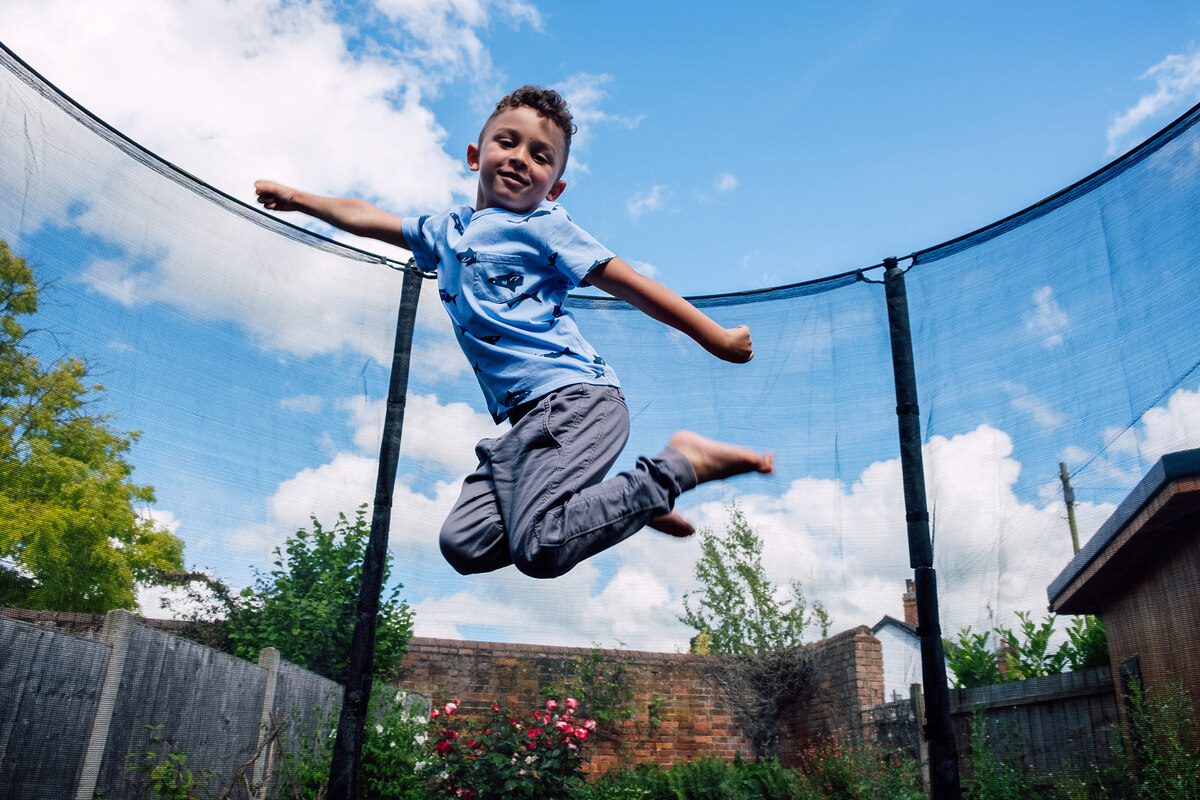
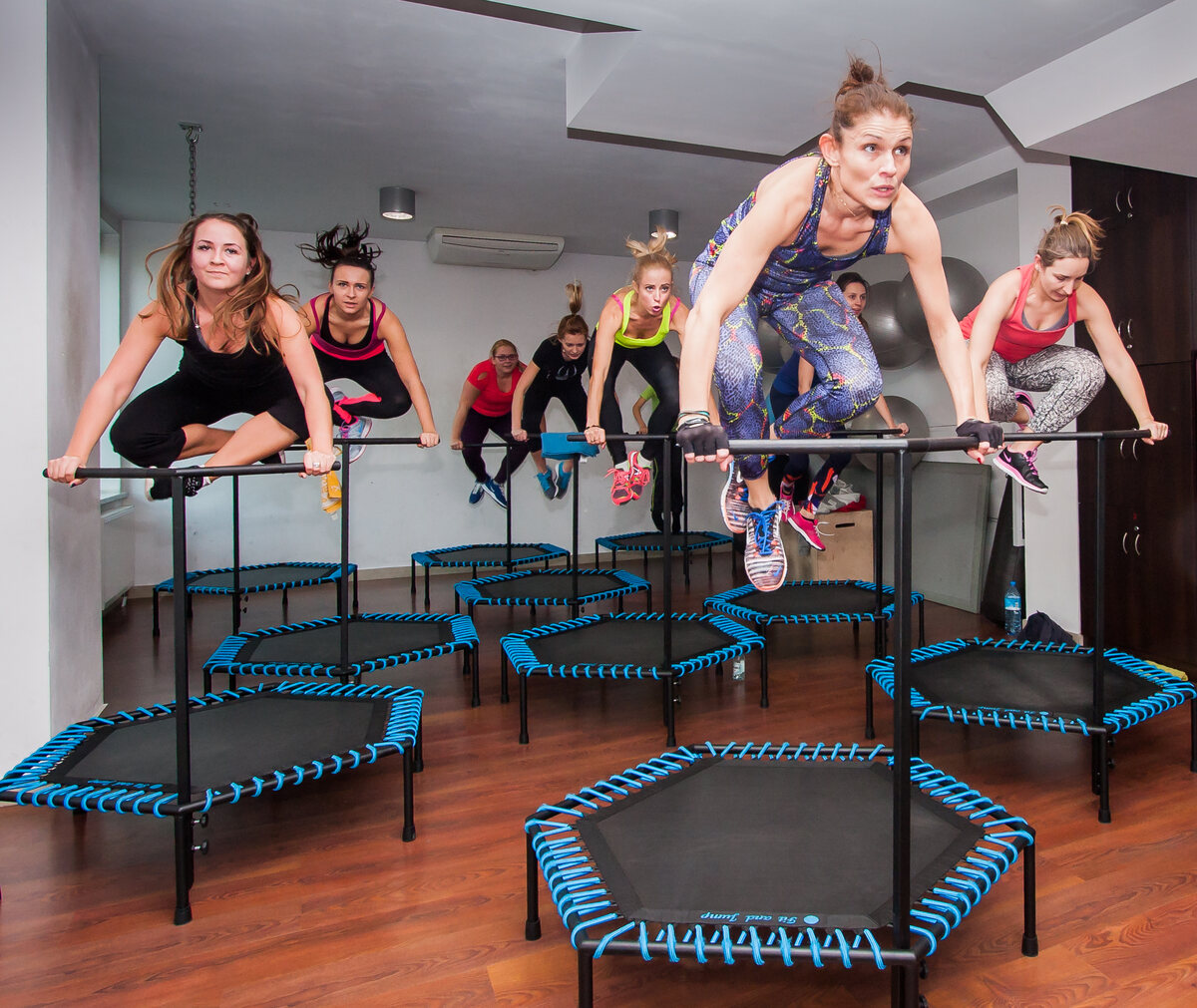
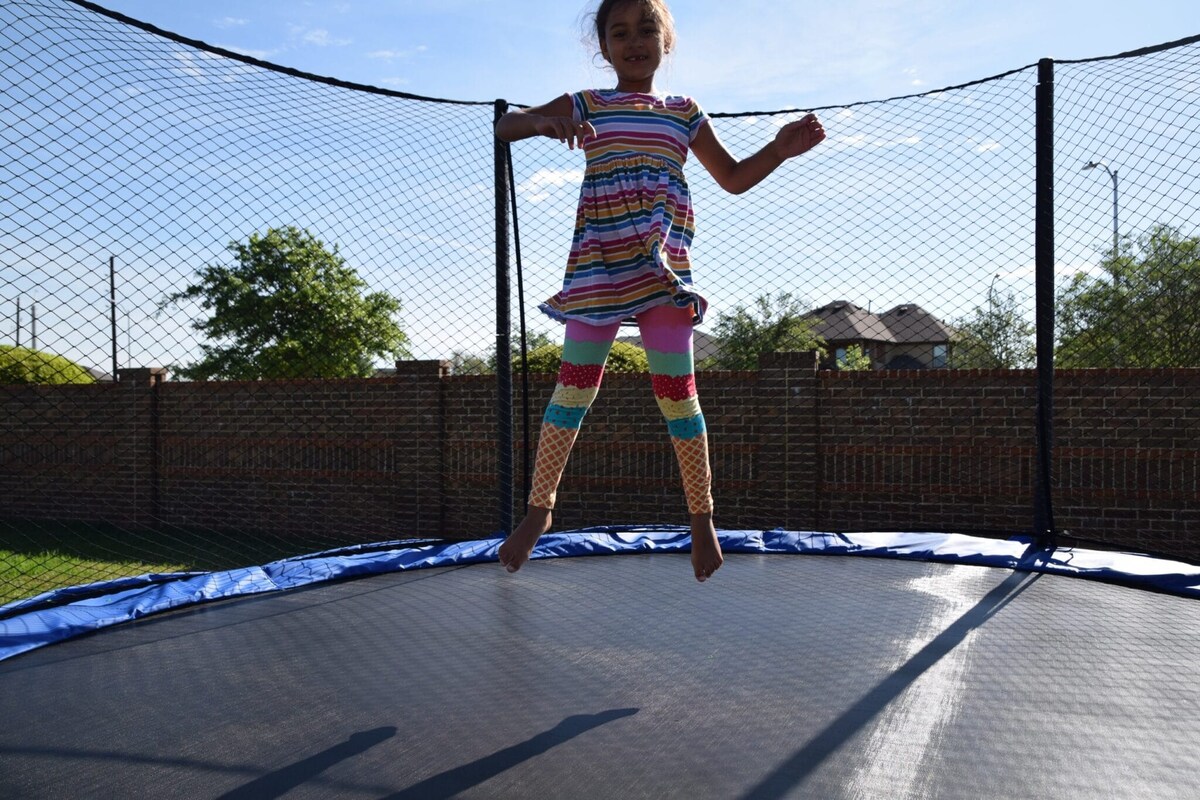

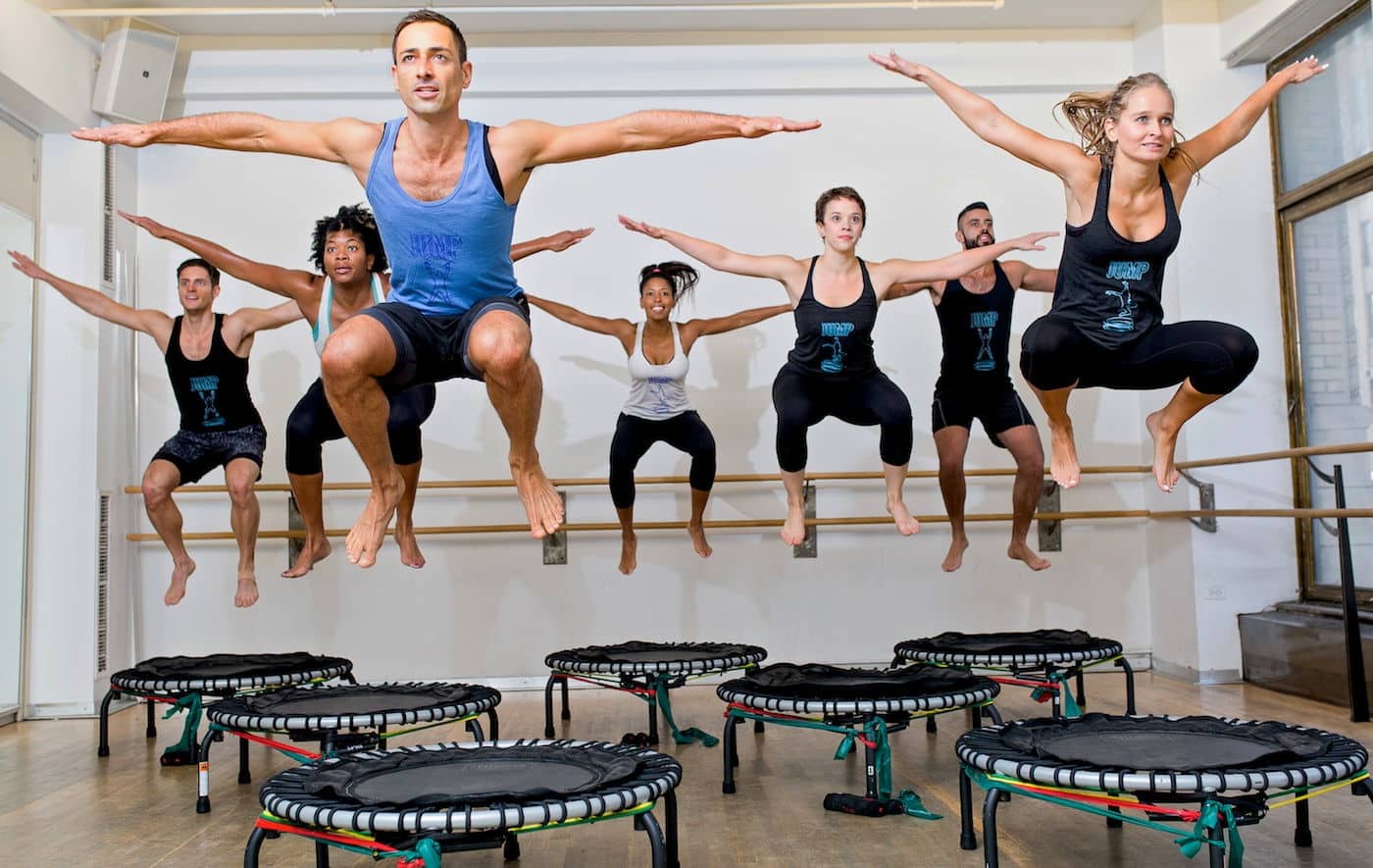
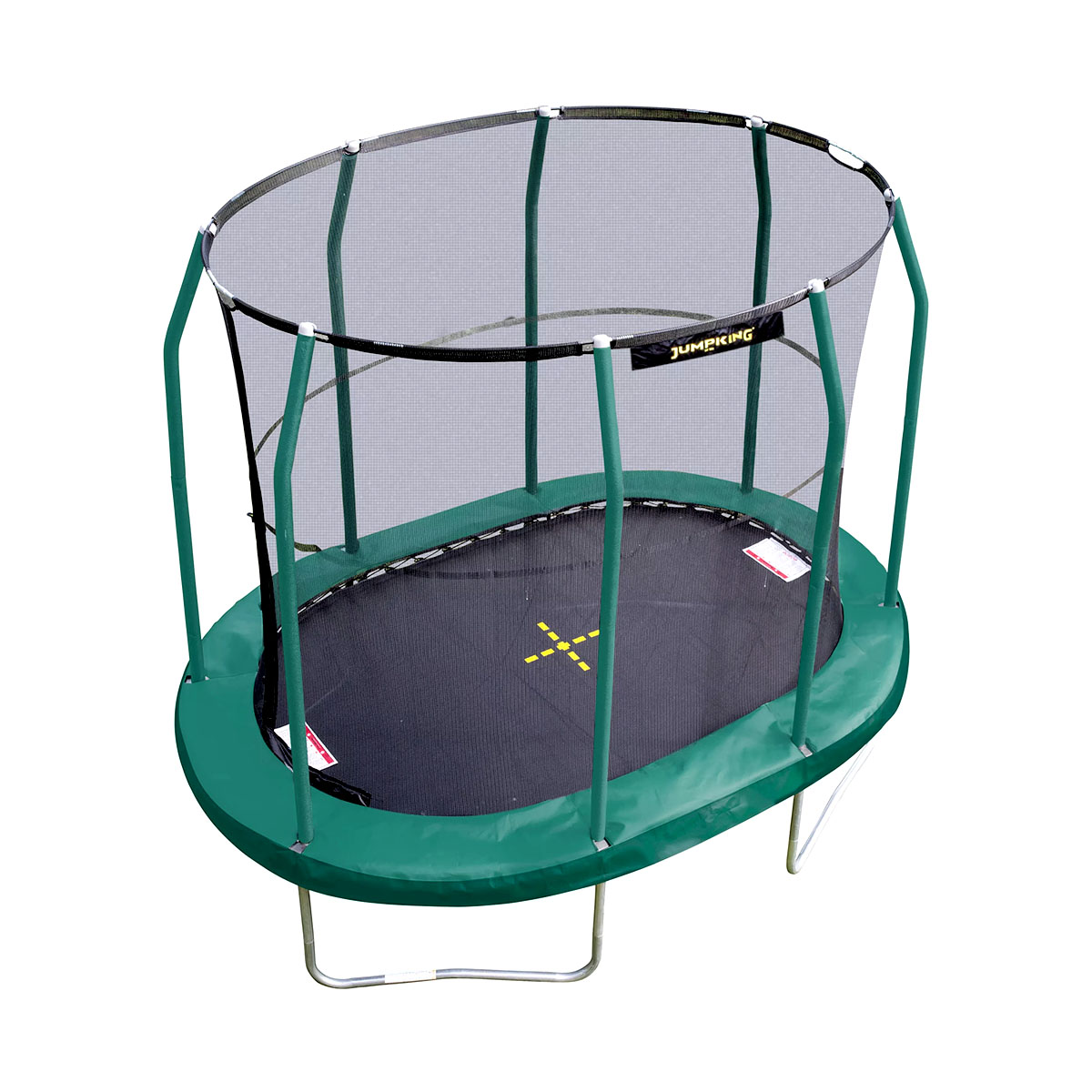
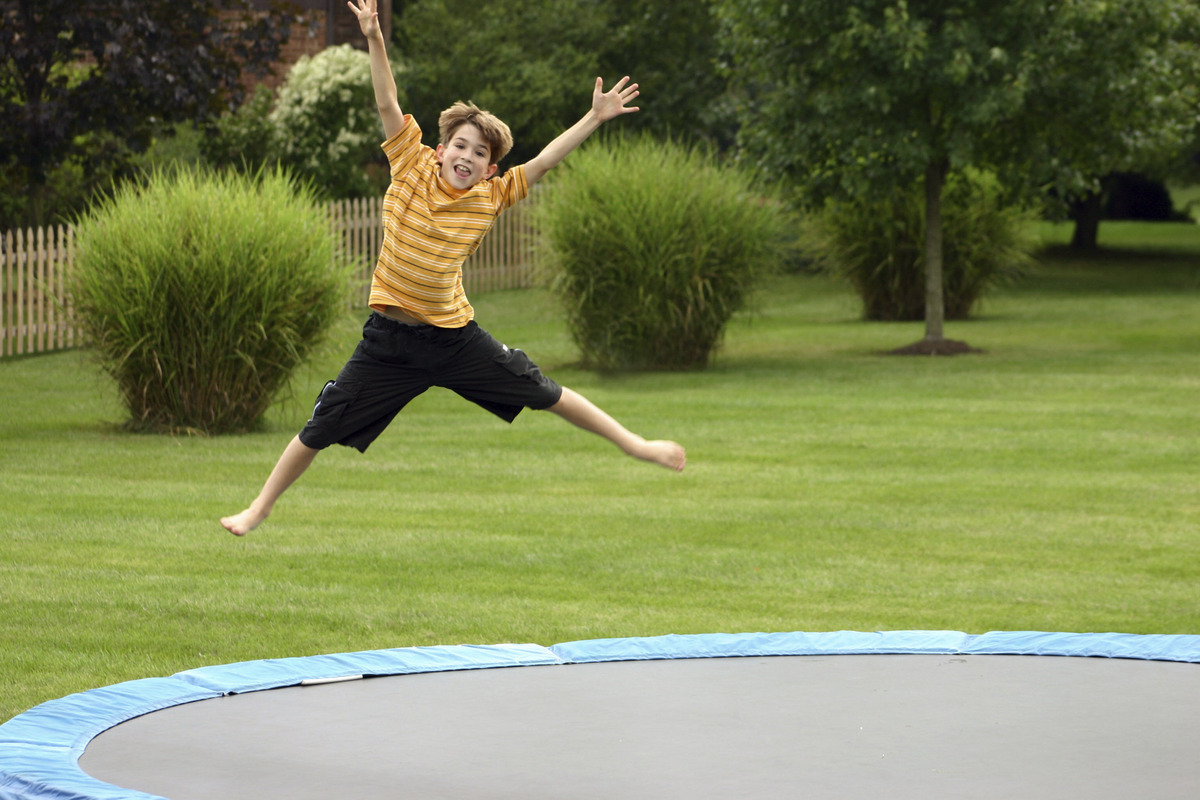








0 thoughts on “How To Jump Higher On A Trampoline”